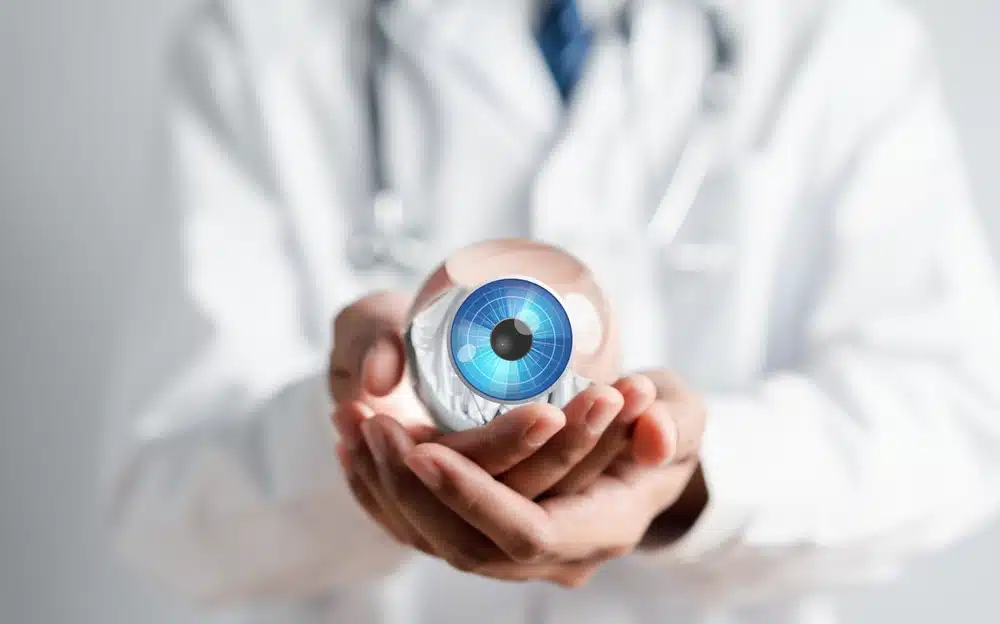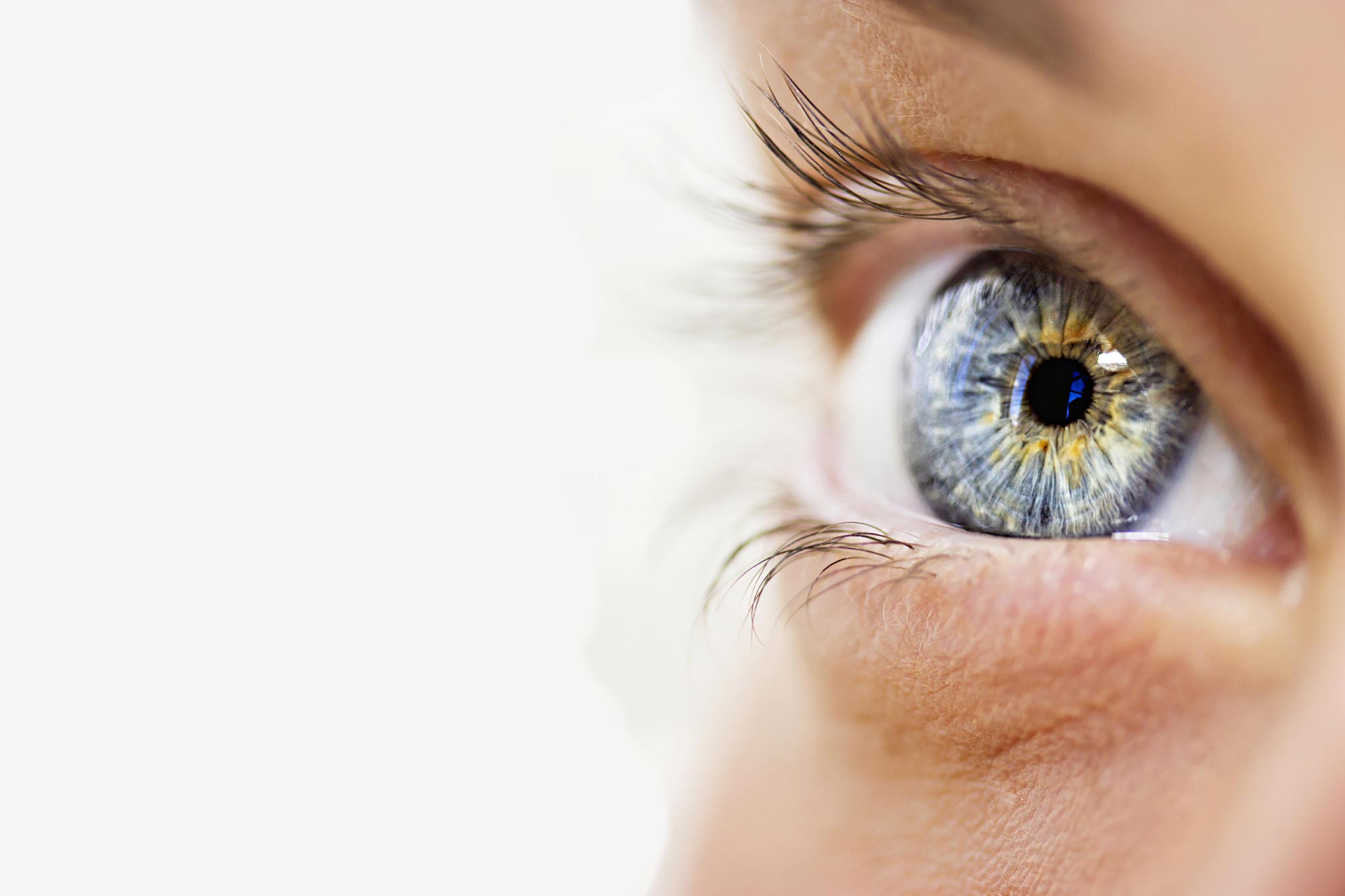Individualized Cataract Care Service: Go To Our Clinic for Solutions
Individualized Cataract Care Service: Go To Our Clinic for Solutions
Blog Article
Exploring the State-of-the-Art Technologies Made Use Of for Dealing With and diagnosing Eye Problems
In the world of ophthalmology, the advancement of technology has considerably enhanced the devices available for detecting and dealing with various eye conditions. From innovative imaging innovations that offer comprehensive understandings right into eye frameworks to robotic-assisted operations that offer unparalleled precision, the landscape of eye treatment is regularly progressing. With the assimilation of expert system in diagnostics, genetics treatment innovations, and virtual fact recovery, the possibilities for improving individual outcomes are expanding at a quick pace. The convergence of these cutting-edge technologies holds the assurance of reinventing the field of ophthalmology, supplying brand-new avenues for individualized and reliable treatments.

Advanced Imaging Technologies
Advanced Imaging Technologies have revolutionized the area of ophthalmology by giving precise and in-depth visualization of the eye structures. Optical Coherence Tomography (OCT) stands apart as a key modern technology in this world. OCT uses light waves to record high-resolution cross-sectional photos of the retina, permitting the identification of minute structural adjustments. This non-invasive strategy help in the very early detection and monitoring of different eye conditions such as macular deterioration, diabetic person retinopathy, and glaucoma.
Furthermore, Fundus Photography is one more important tool in sensory imaging. This strategy involves catching in-depth pictures of the rear of the eye, including the retina and optic disc. Fundus Photography helps in recording the development of eye illness, evaluating treatment efficiency, and educating people about their eye health.

Robotic-Assisted Surgery
Robotic-assisted surgeries have dramatically advanced the capacities of ocular surgical treatment, introducing a new period of precision and performance in dealing with various eye problems. By integrating robotic innovation into surgeries, eye doctors can accomplish unmatched accuracy and control, causing improved patient end results.
Among the main advantages of robotic-assisted surgical treatment in ophthalmology is the boosted mastery and stability it provides to doctors. The robot arms can carry out precise motions with a high level of accuracy, enabling for fragile treatments with marginal invasiveness. This level of accuracy is particularly beneficial in surgical treatments involving the retina, where also minor mistakes can have significant ramifications for a patient's vision.
Additionally, robotic-assisted surgical systems supply real-time imaging and feedback to the specialist, allowing them to make educated choices during the procedure. This technology improves the specialist's situational understanding and permits for adjustments to be made immediately, ensuring ideal outcomes for the client.
Expert System in Diagnostics
With the evolution of sophisticated modern technologies improving surgical precision in ocular treatments, the integration of Expert system in diagnostics has actually arised as a pivotal growth changing the area of eye treatment. Man-made Intelligence (AI) formulas are being progressively used to examine complex data from imaging innovations like optical comprehensibility tomography (OCT) and fundus digital photography to assist in the very early detection and exact medical diagnosis of various eye problems. These AI systems can successfully recognize patterns and abnormalities in pictures that might not be noticeable to the human eye, enabling quicker diagnosis and therapy preparation.
AI formulas can likewise predict condition progression, suggest individualized treatment strategies, and analyze the performance of interventions. By simplifying the diagnostic process, AI not just improves the effectiveness of eye treatment professionals yet also improves client end results by allowing prompt interventions. As AI remains to advancement, its function in diagnostics is anticipated to increase, offering brand-new opportunities for very early treatment and tailored therapy in the field of ophthalmology.
Genetics Therapy Developments
In the realm of ocular advancements, current strides in genetics treatment innovations have sparked considerable interest amongst researchers and healthcare professionals alike. Genetics therapy holds tremendous assurance in revolutionizing the treatment of various eye problems by targeting the hidden hereditary causes. By presenting genetic product right into cells to make up for irregular genetics or to supply a missing gene, genetics therapy uses a customized approach to dealing with acquired eye conditions such as retinitis pigmentosa, Leber congenital amaurosis, and others that were previously taken into consideration untreatable.

As study in genetics therapy remains to breakthrough, the potential for customized therapies for a wider array of eye conditions grows, offering brand-new expect patients with hereditary eye conditions.
Online Fact Rehab
Digital fact recovery has actually become an innovative method in boosting the recuperation and rehab procedures for people with different aesthetic impairments. retina service near me. By imitating real-world settings via immersive modern technology, digital fact provides an unique platform for vision treatment and rehabilitation. This ingenious technique makes it possible for individuals to participate in interactive workouts and tasks designed to enhance aesthetic discover this acuity, deepness perception, eye sychronisation, and general aesthetic functioning
One key advantage of virtual truth rehabilitation is its capability to customize treatment programs based upon the certain demands and abilities of each client. Through real-time responses and surveillance, medical care experts can track development, readjust interventions, and provide customized care to maximize outcomes. Additionally, digital fact technology can develop a safe and regulated area for individuals to exercise visual jobs, get over difficulties, and develop confidence in an online setup prior to transitioning to real-world scenarios.
Conclusion
To conclude, the developments in imaging innovations, robotic-assisted surgical procedures, fabricated intelligence diagnostics, genetics treatment developments, and virtual reality recovery have considerably boosted the medical diagnosis and treatment of eye problems. refractive surgeries in al. These cutting edge modern technologies have actually revolutionized the field of ophthalmology, enabling more precise and effective treatments. As technology continues to progress, the future of eye treatment looks promising with the potential for a lot more ingenious services to boost client outcomes
In the realm of ophthalmology, the advancement of technology has considerably boosted the devices offered for detecting and treating various eye problems. Fundus Photography aids in documenting the development of eye conditions, assessing treatment effectiveness, and informing other patients about their eye health.
Artificial Knowledge (AI) formulas are being progressively made use of to examine complicated data from imaging technologies like optical coherence tomography (OCT) and fundus digital photography to help in the early detection and exact medical diagnosis of different eye problems.In final thought, the advancements in imaging innovations, robotic-assisted surgical procedures, synthetic intelligence diagnostics, gene therapy developments, and web online reality recovery have significantly improved the medical diagnosis and therapy of eye conditions. As innovation continues to develop, the future of eye treatment looks promising with the potential for even more cutting-edge services to improve person results.
Report this page